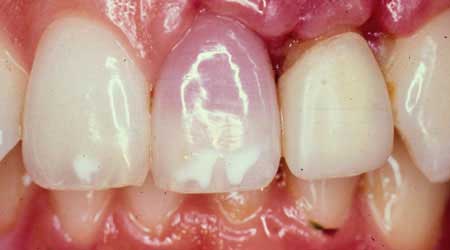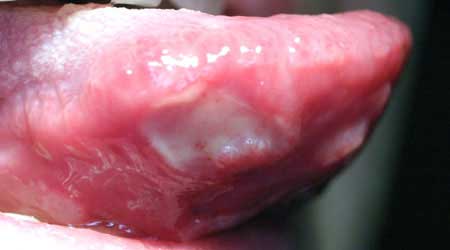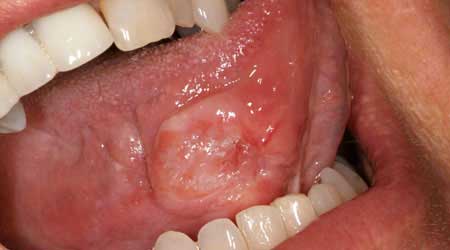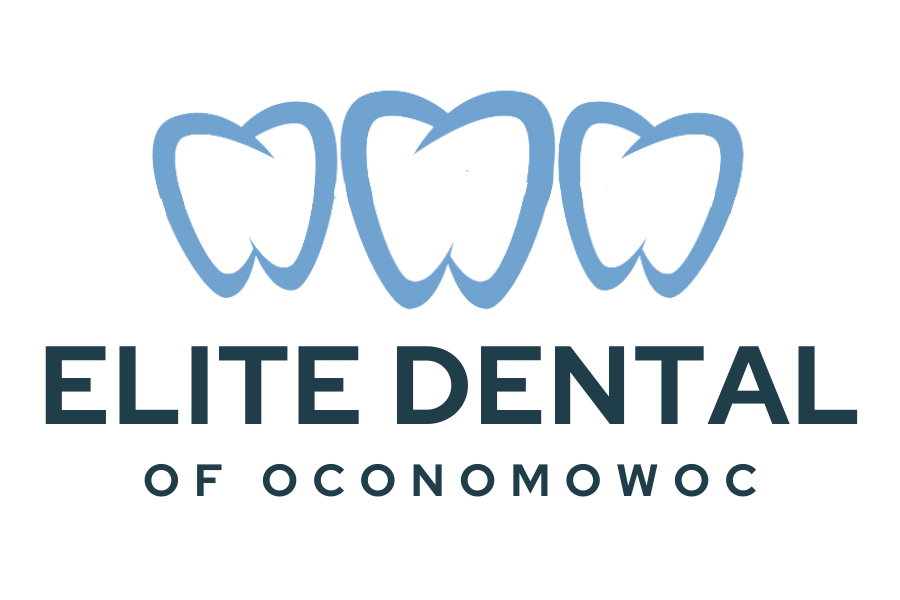What 10 Common Mouth Issues Really Look Like (Part 3 of 3)
You know good dental habits can help prevent things like cavities and gingivitis, but you may not know what conditions like these really look like or how they can affect your mouth. Use this visual guide to learn more about some of the most common dental health issues, symptoms to watch for and the potential treatments that are available. Please note: This content is for informational purposes only. Only a dentist, physician or other qualified health care professional can make a diagnosis.

Darkened Tooth
There are two reasons your tooth may change color after trauma: It’s either trying to protect the nerve or it’s dying. If it’s protecting the nerve, your tooth may look a little darker than the ones next to it. If it changes colors like a bruise (from pink to gray), this means your tooth is most likely dead. You may need a root canal, usually followed by a crown. In some cases, it may be necessary to remove the tooth. If it is a baby tooth, you may be able to leave it alone until it falls out.

Canker Sores
Canker sores are small white or gray sores with a red border that appear your lips, the back of your throat or under your tongue. Their exact cause is uncertain but some suggest that immune system problems, bacteria or viruses may be play a role. They are also more common in women.
Canker sores aren’t contagious and usually heal on their own after one or two weeks. Over-the-counter creams and mouthwashes may give you temporary relief. Until it heals, stay away from hot, spicy or acidic foods because these can irritate the sore.

Cancer
Each year, approximately 40,000 new cases of oral cancer and cancers of the throat, tonsils and back of the tongue are diagnosed. Tobacco use, alcohol abuse and HPV all increase your chance of developing these cancers. Men are twice more likely to get oral cancer than women. During regular checkups, your dentist will check your mouth for symptoms like red or white patches, sores that won’t heal and rough, crusty spots. If anything suspicious is found, your dentist will order more testing or refer you to a specialist. The image above is only one example of how oral cancer might appear.
To read the entire article visit MouthHealthy.org.
Drs. Leaman, Setnicar & Piacsek, S.C.
James Leaman DDS, Joseph Setnicar DDS, Stacie Piacsek DDS
820 Summit Avenue
Oconomowoc, WI 53066
262-567-4466
